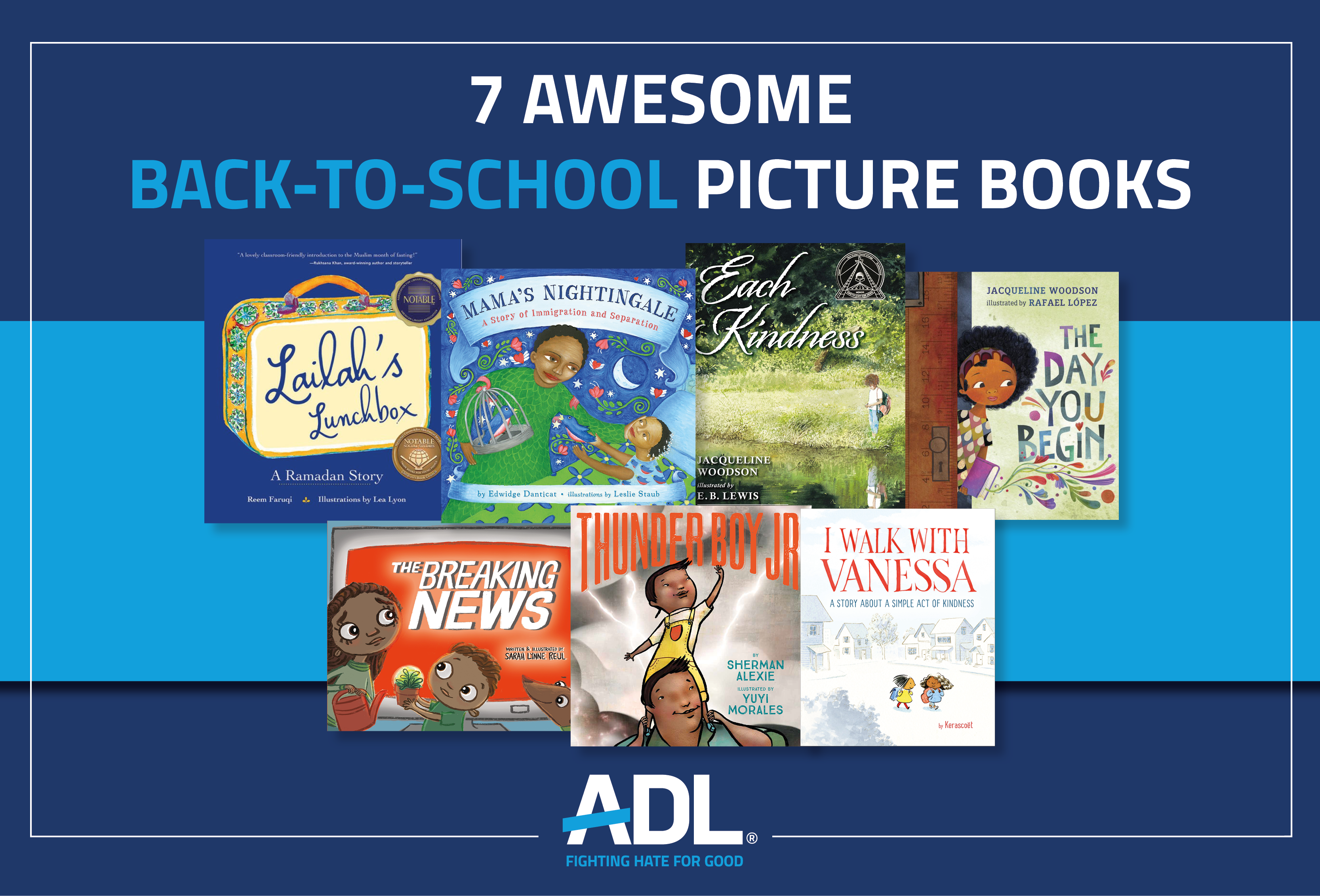
Related Content

The beginning of the school year brings brightly painted walls, stacks of fresh paper and new faces. The start of school also brings students who are nervous about starting the year with a new group of peers. There may be students who are concerned about bullying or teasing. Some children may be thinking about how they are different from the others in their class. Reading aloud to students, especially at the start of school, is a great way to talk about feelings students might have as they begin school.
Discussing our names, what makes us similar and different, how to welcome others and act as an ally are good discussions to have through the reading of a book. Perhaps children need to discuss some news or current events that took place over the summer break. Use these suggested picture books to begin those conversations with elementary students. All the books include two discussion guides, one for educators and one for parents and families.
















